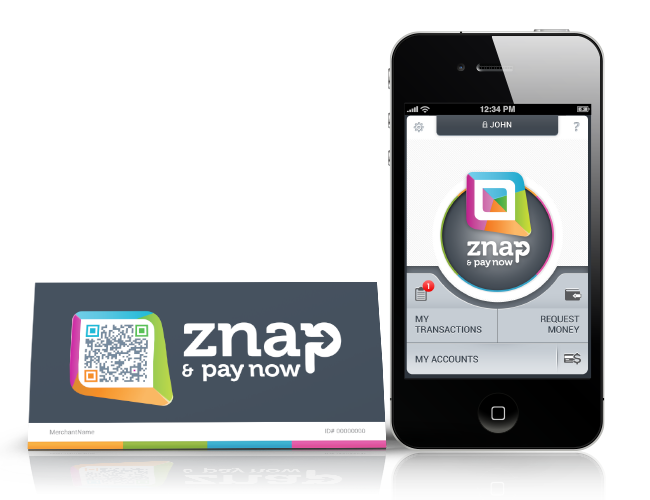Mobile payments update: we hear from the providers

Following our beginner’s guide to mobile payments, we’ve got some insights from the mobile payment providers themselves.
One thing we learnt from our last post is that mobile payments need to make our lives easier, or they’ll never gain wide acceptance. In-store, they need to make using your phone to pay more convenient than taking out a credit card. Online, mobile payments need to be an easy way to bypass all that tedious typing of long card numbers on your phone.
The NYTimes highlighted this in their recent article on one company that is doing m-payments right – Chipotle. Their app lets you order food in advance then pick it up. There’s a clear benefit both for the customer (no queueing) and the business (more orders).
With that in mind, let’s hear from two solutions trying to solve the mobile payments problem – MPayMe and Paddle.
Interview with MPayMe
MPayMe are the makers of znap, a cross-platform application that heralds the new era of mobile payment. We asked them some questions about mobile payments.
How would you summarise MPayMe and znap?
“MPayMe and znap offer a simple and secure mobile payment solution that benefits both customers and businesses and is set to revolutionise the mobile payment market.”
What sets MPayMe apart as a solution?
“The key differences between znap and other mobile payment systems are explained by znap’s four key principles:
- No infrastructure. znap is cloud-based and requires no extra infrastructure beyond QR codes, generated by retailers or service providers, and the user’s smartphone with the downloaded znap app. For example, znap does not use NFC technology, which is expensive for retailers to install. znap can only be used by individual phone users who have already set up a cloud-based account with complete payment details.
- Secure and simple. znap does not sacrifice security for simplicity of use or vice versa. Transactions carried out using znap are safe and secure. znap sets a new standard for “consumer present” payments via mobile devices.
- Consistency. znap operates across multiple channels. Consumers no longer have to download multiple apps for ecommerce or mobile sales: everything is handled via a single app on their phone that is extremely user-friendly.
- Value added. Retailers or service providers can use znap to send targeted offers to their customers and make it easy for them to use those offers on the spot. This allows them to close the loop immediately when offers are redeemed via znap. This is particularly useful for understanding more about which offers motivate particular customers.”
Why should retailers be thinking about mobile payments?
“According to McKinsey Global Payments Map and Capgemini, mobile payments billions in revenue for merchants, banks and payment industry players globally. However, the approximate untapped value of the world’s payment transaction market stands at US$187 trillion. As consumers increasingly look to manage all aspects of their lives with mobile devices, mobile payments have grown at a staggering rate.
Under current circumstances, the major roadblocks for retailers are the need to upgrade point of sale (PoS) systems, maximise data security and have consumers adopt functional software to make purchases. Once retailers have gotten around these issues successfully, there’s a lot they can capitalize on, such as reducing shrinkage, reducing long queues and increasing productivity. MPayMe is effectively able to streamline a solution to all of these problems.”
Viewpoint from Paddle
Paddle have been in the news lately because of the announcement that M&S will be rolling out a mobile payment trial in one of their cafes, using Paddle technology.
Ed Lea from the company told us what their viewpoint is on the benefits of mobile payments for retailers and customers:
“Mobile payments can, if deployed well, improve retail experiences for customers and drive higher transaction volumes for retailers. When considering mobile payments, it’s important to remember that ultimately whatever system is deployed it must improve something for someone; ideally the customer. If using cash or cards is a better experience than a mobile payment option then it will almost certainly not reach widespread adoption and fail.”
“Paddle has been designed to make payments online and on mobile web significantly easier and quicker for customers. At the same time, it doesn’t add any extra overhead for retailers. We built Paddle to create the best possible user-experience for consumers. Because of that, and because the technology and architecture is very flexible we are able to start deploying it in ways that are outside of the origin scope. Hence the M&S trial will take place initially in a physical location, rather than online.”
Thanks to both MPayMe and Paddle for giving us their thoughts.




